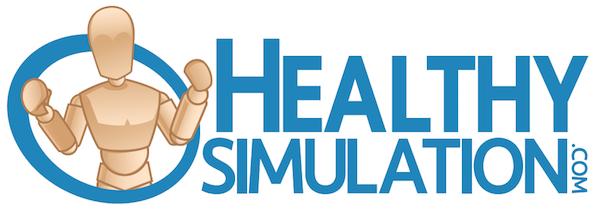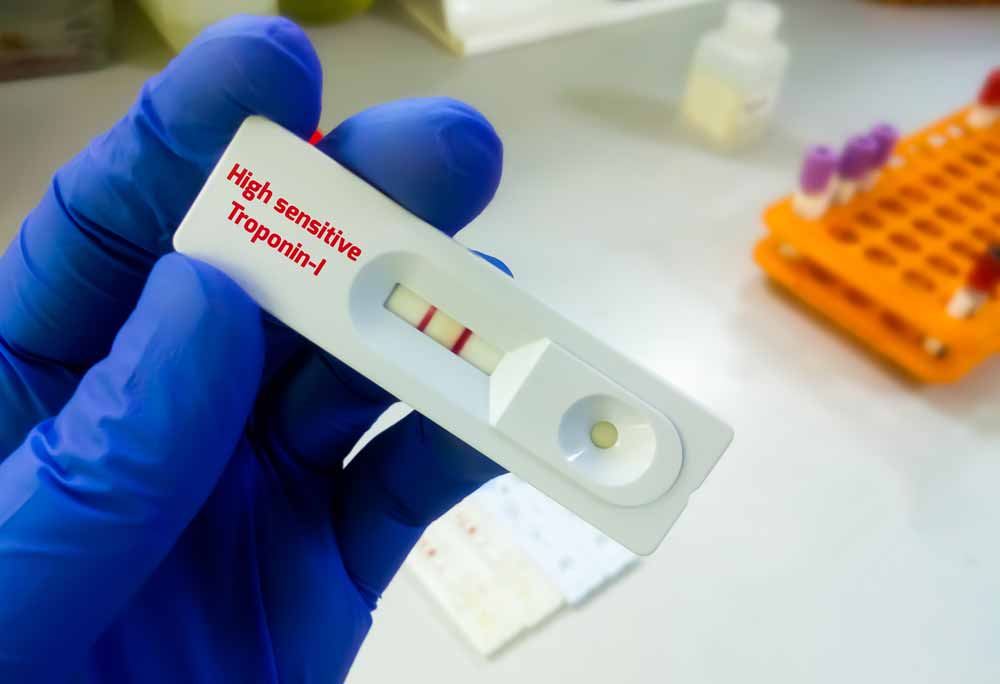Tisdale Risk Score for QT Prolongation

Tisdale Risk Score for QT Prolongation predicts risk of QT prolongation greater than 500 msec in hospitalized patients.
QT interval prolongation increases the risk of Torsade de pointes (TdP), a type of polymorphic ventricular tachycardia which is life-threatening and often fatal.
Yes
No
Male
Female
Yes
No
Yes
No
Yes
No
Yes
No
Yes
No
Yes
No
None
1 QTc-prolonging drug
≥2 QTc-prolonging drugs
| Tisdale Risk Score | Risk for QT prolongation | Clinical recommendation |
|---|---|---|
| 0 | 0 | 0 |
Many hospitalized patients have increased risk of QT prolongation due to medical conditions they are facing (myocardial infarction, sepsis, heart failure with reduced enjection fraction for example), as well as medications they may be prescribed in order to treat these conditions (antibiotics, antivirals, antifungals, or anti-arrhythmics, for example) or continue outpatient medications (like psychotropic medications, methadone, or tamoxifen, for example).
This risk score can assess risk of QT prolongation for a physician or pharmacist managing a patient in the hospital.
- There are many known factors that can cause the risk of QT prolongation; the ones included in this score were found to be the most predictive, but others should not be ignored. Some of the other common risks include:
- Other electrolyte abnormalities like hypomagnesemia or hypocalcemia
- Inadequate dose adjustment for patients with acute or chronic kidney dysfunction
- Drug-drug interactions
- CredibleMeds.org also provides a comprehensive list of drugs that may cause QT prolongation.
- Drug-drug interactions should always be considered when prescribing multiple medications; this score does not include pharmacokinetic drug interactions.
- This score also does not consider dosing adjustments for renally-eliminated drugs.
- Clinicians should always try to avoid QT-prolonging medications when possible.
- Maintaining normal electrolyte levels can help reduce the risk of QT prolongation as well.
- Patients with very poor ejection fractions (<20%) are particularly high risk for QT prolongation.
Tisdale Risk Score for QT Prolongation. Addition of the selected points*:
| Risk factor | Points |
| Age ≥68 years | 1 |
| Gender: Female | 1 |
| The use of loop diuretics | 1 |
| Potassium in blood plasma ≤3.5 mmol / l | 2 |
| Admission QTc** ≥450 msec | 2 |
| Acute myocardial infarction** | 2 |
| Heart failure with low PV | 3 |
| 1 drug that prolongs the QTc interval *** | 3 |
| ≥2 drugs that prolong the QTc interval ** | 3 |
| Sepsis** | 3 |
| Maximum score | 21 |
* Risk categories: low risk = <7; moderate risk = 7-10; high risk = ≥11.
** During an acute event / illness; as a rule, the QTc interval returns to normal after the condition is cured. *** Three points for taking 1 drug that prolongs the QTc interval; 3 additional points for taking ≥2 drugs that prolong the QTc interval (a total of 6 points).
Interpretation:
| Tisdale Risk Score | Risk for QT prolongation | Recommendation |
| ≤6 | Low | Always consider that higher risk may develop depending on clinical course and drug interactions and pharmacokinetics. |
| 7-10 | Moderate | Consider consultation with pharmacist, adjusting risk factors as much as possible. EKG should be repeated after 5 half-lives of QT-prolonging drugs given to evaluate QTc. |
| ≥11 | High | Consider consultation with pharmacist, adjusting risk factors as much as possible, and using alternative medications if possible. EKG should be repeated after 5 half-lives of QT-prolonging drugs given to evaluate QTc. |
ECG should be repeated 8-12 hours after starting QT-prolonging drug to look for signs of QT prolongation, with closer monitoring if it is observed.
Correct electrolyte abnormalities and maintain serum potassium >4.0 mEq/L and serum magnesium >2.0 mg/dL.
This scale was launched during COVID-19 crisis.
This score was derived and internally validated for hospitalized patients, and may not predict outpatient risk of QT prolongation as accurately (but has not been studied in this population).
LITERATURE:
Tisdale JE, Jaynes HA, Kingery JR, et al. Development and validation of a risk score to predict QT interval prolongation in hospitalized patients. Circ Cardiovasc Qual Outcomes. 2013;6(4):479-87. https://pubmed.ncbi.nlm.nih.gov/23716032/
Tisdale JE, Jaynes HA, Kingery JR, et al. Effectiveness of a clinical decision support system for reducing the risk of QT interval prolongation in hospitalized patients [published correction appears in Circ Cardiovasc Qual Outcomes. 2014 Nov;7(6):981]. Circ Cardiovasc Qual Outcomes. 2014;7(3):381-390. doi:10.1161/CIRCOUTCOMES.113.000651 https://www.ncbi.nlm.nih.gov/pmc/articles/PMC4696749/
Tisdale JE. Drug-induced QT interval prolongation and torsades de pointes: Role of the pharmacist in risk assessment, prevention and management. Can Pharm J (Ott). 2016;149(3):139-152. doi:10.1177/1715163516641136 https://www.ncbi.nlm.nih.gov/pmc/articles/PMC4860751/
Register on our website right now to have access to more learning materials!
ClinCaseQuest Featured in SchoolAndCollegeListings Directory
Exciting News Alert! We are thrilled to announce that ClinCaseQuest has been successfully added to…
We presented our experience at AMEE 2023
AMEE 2023 took place from 26-30 August 2023 at the Scottish Event Campus (SEC), Glasgow,…
We are on HealthySimulation – world’s premier Healthcare Simulation resource website
We are thrilled to announce that our Simulation Training Platform “ClinCaseQuest” has been featured on…
Baseline Cardiovascular Risk Assessment in Cancer Patients Scheduled to Receive Cardiotoxic Cancer Therapies (Anthracycline Chemotherapy) – Online Calculator
Baseline cardiovascular risk assessment in cancer patients scheduled to receive cardiotoxic cancer therapies (Anthracycline Chemotherapy)…
National Institutes of Health Stroke Scale (NIHSS) – Online calculator
The National Institutes of Health Stroke Scale (NIHSS) is a scale designed to assess the…
SESAM 2023 Annual Conference
We are at SESAM 2023 with oral presentation “Stage Debriefing in Simulation Training in Medical…











